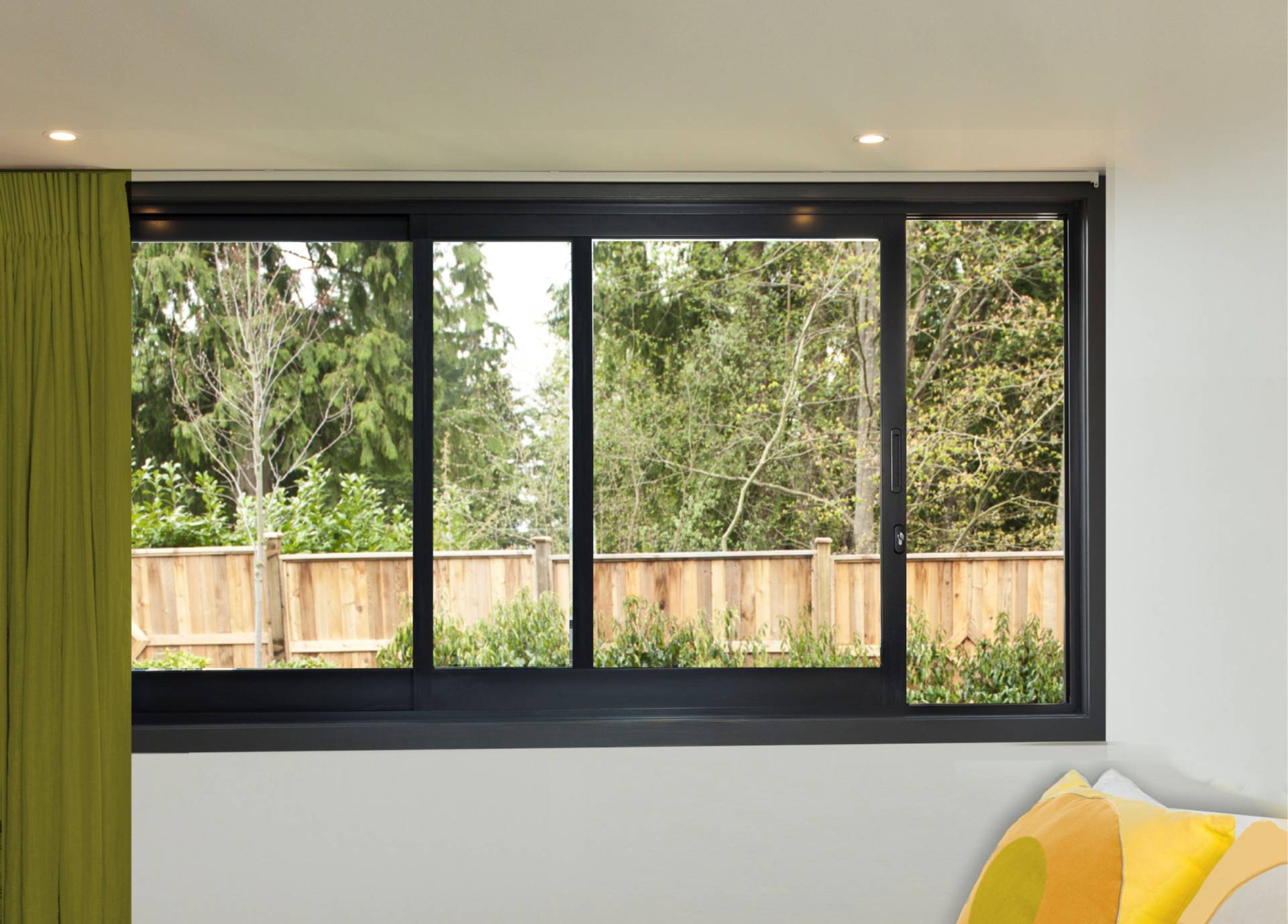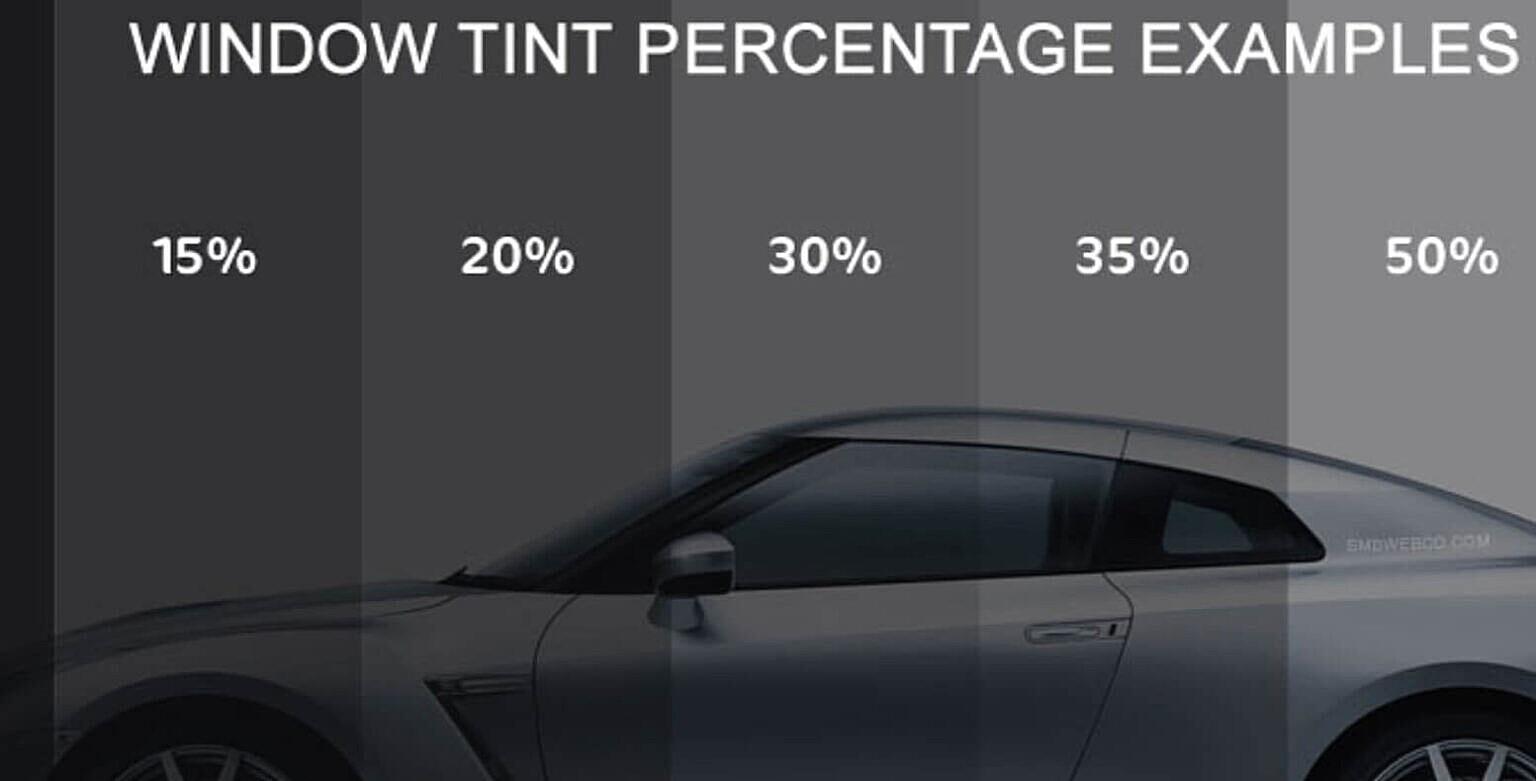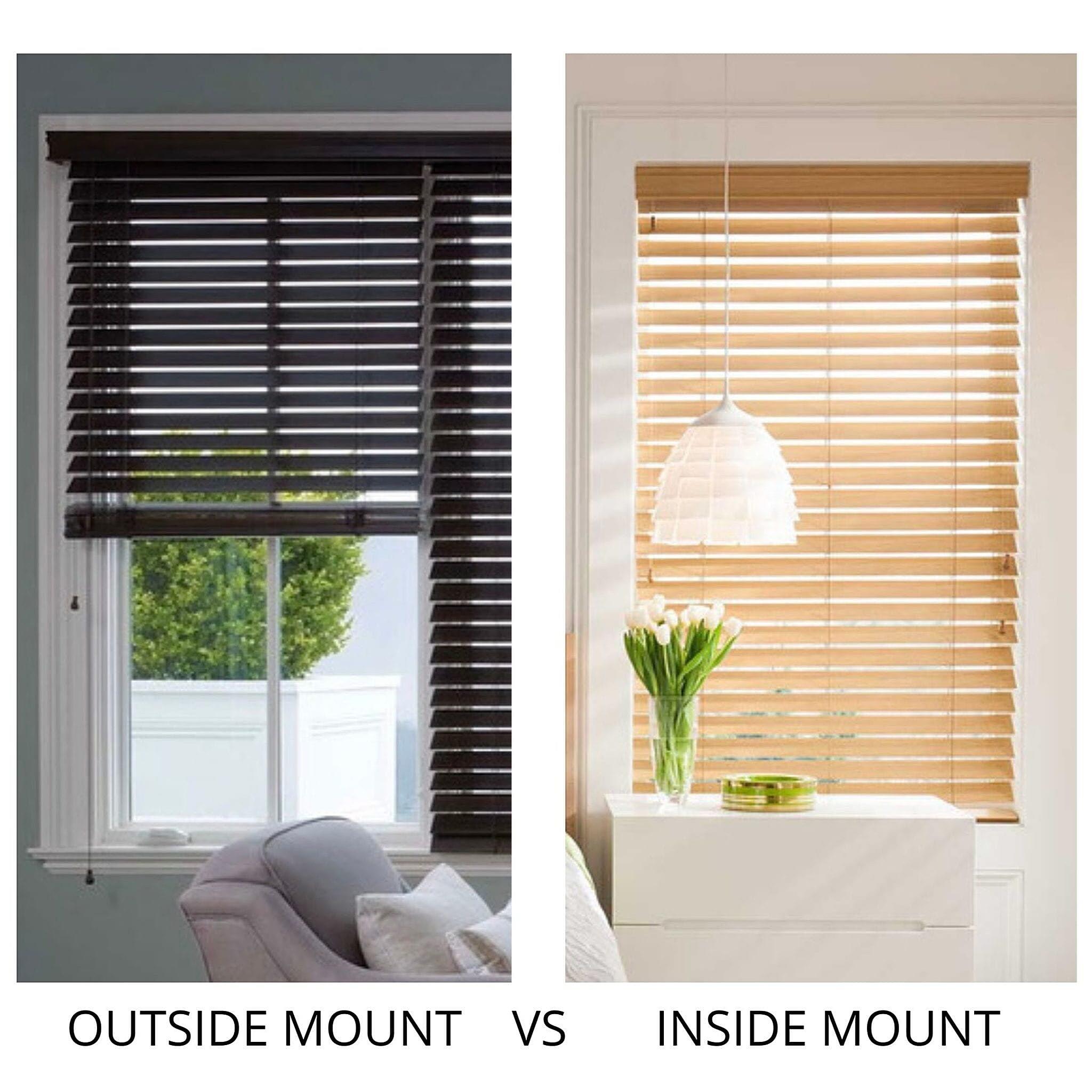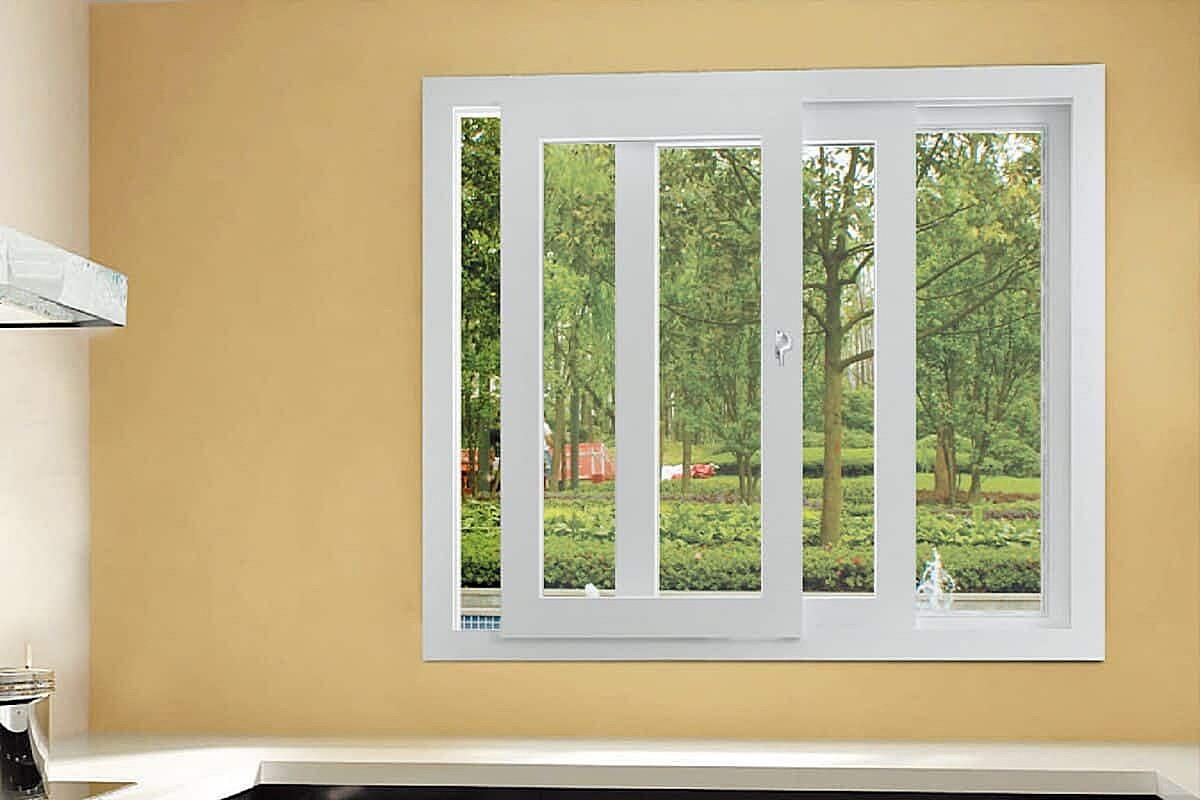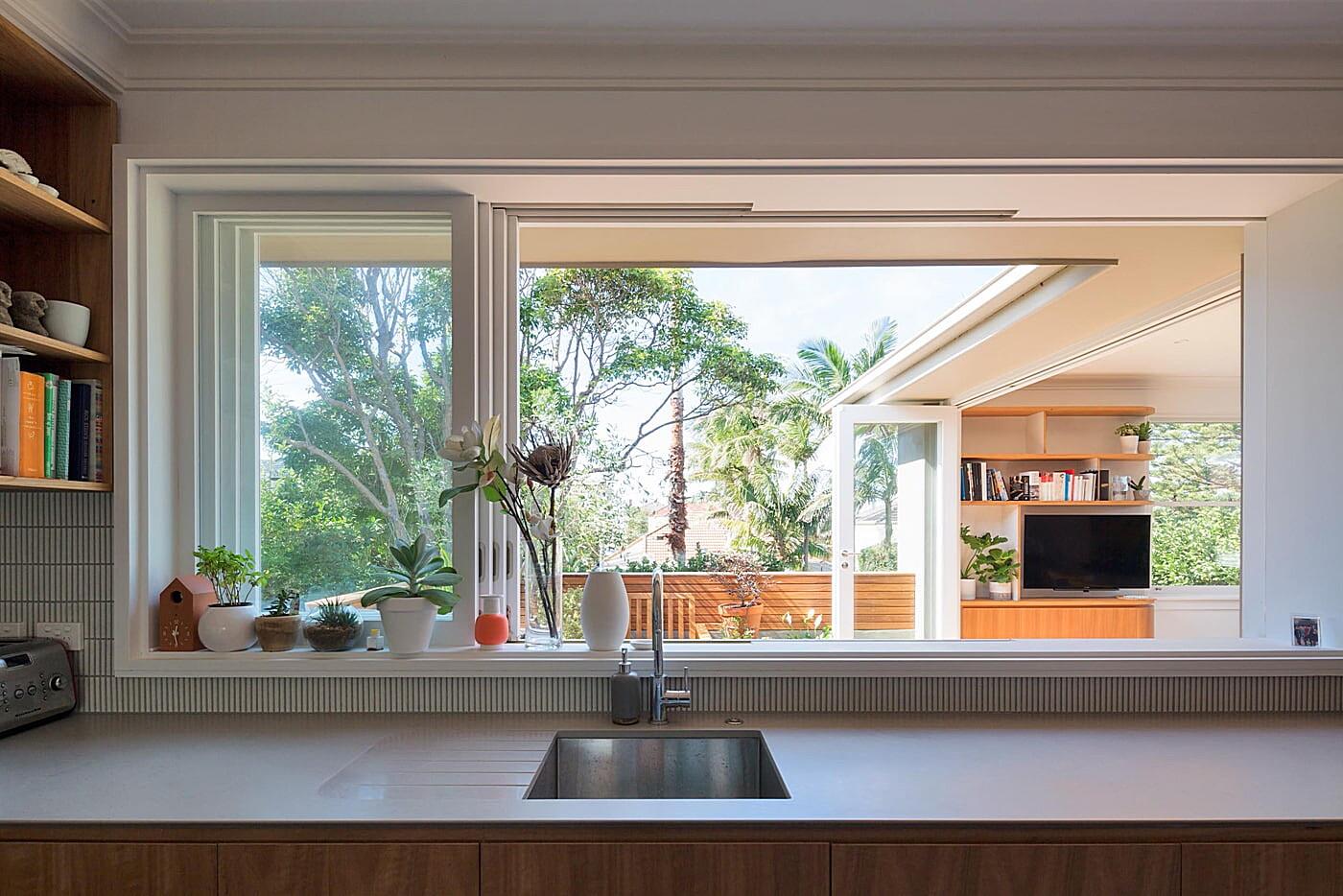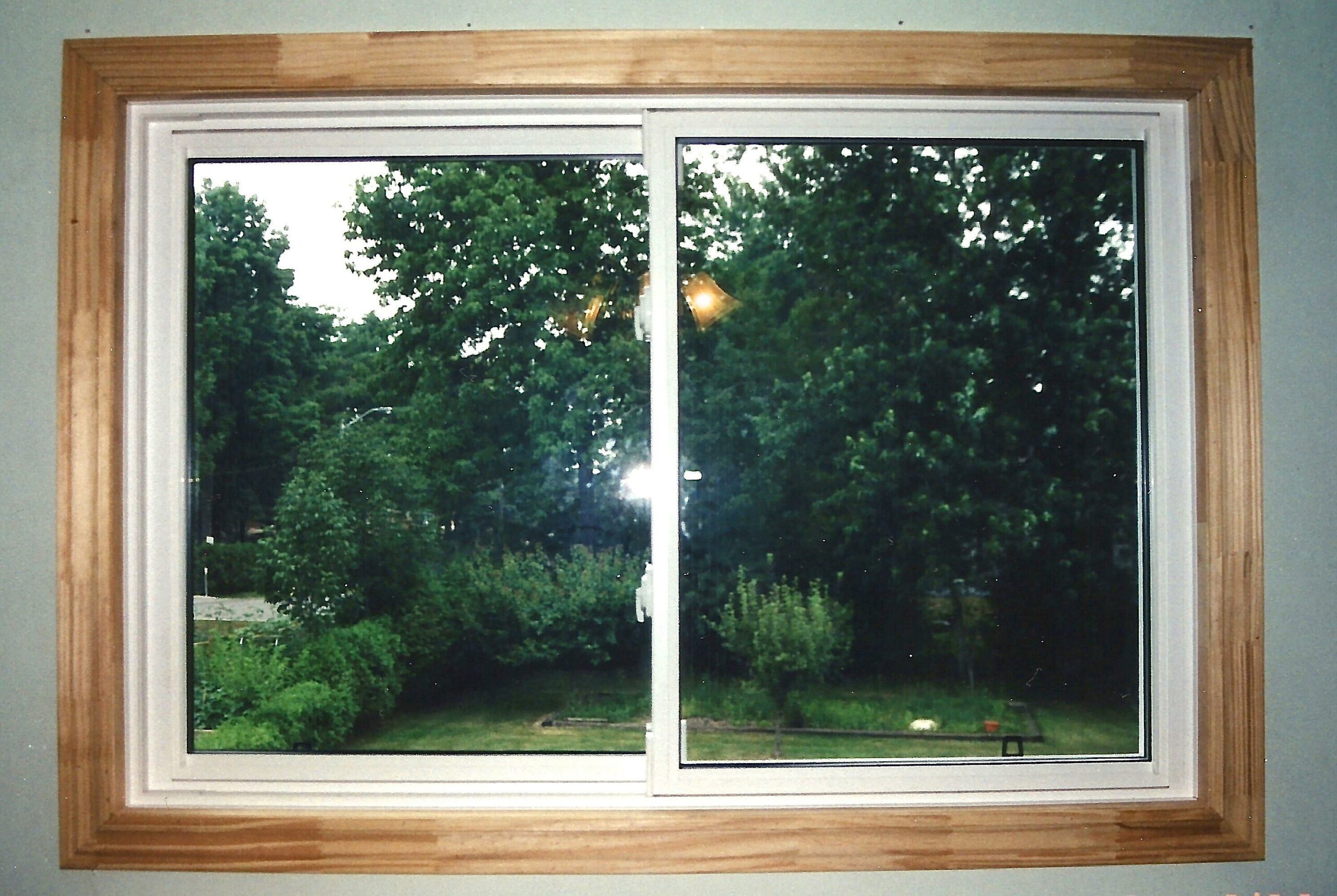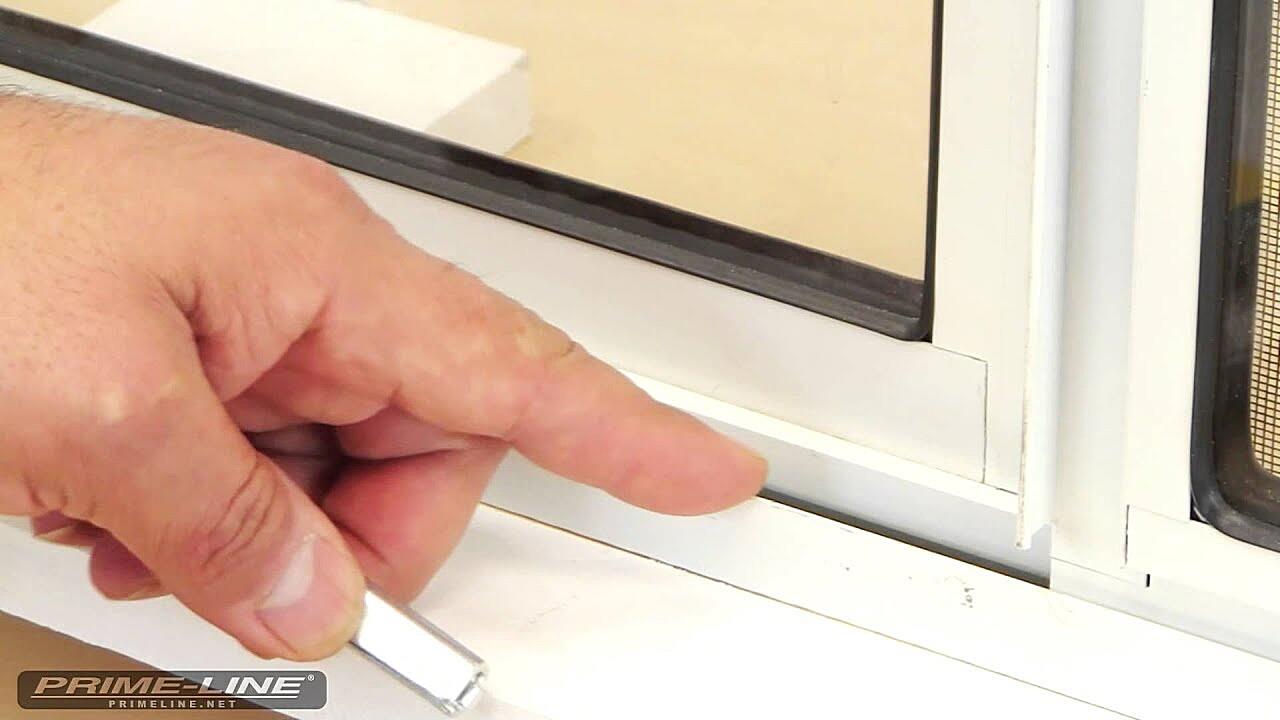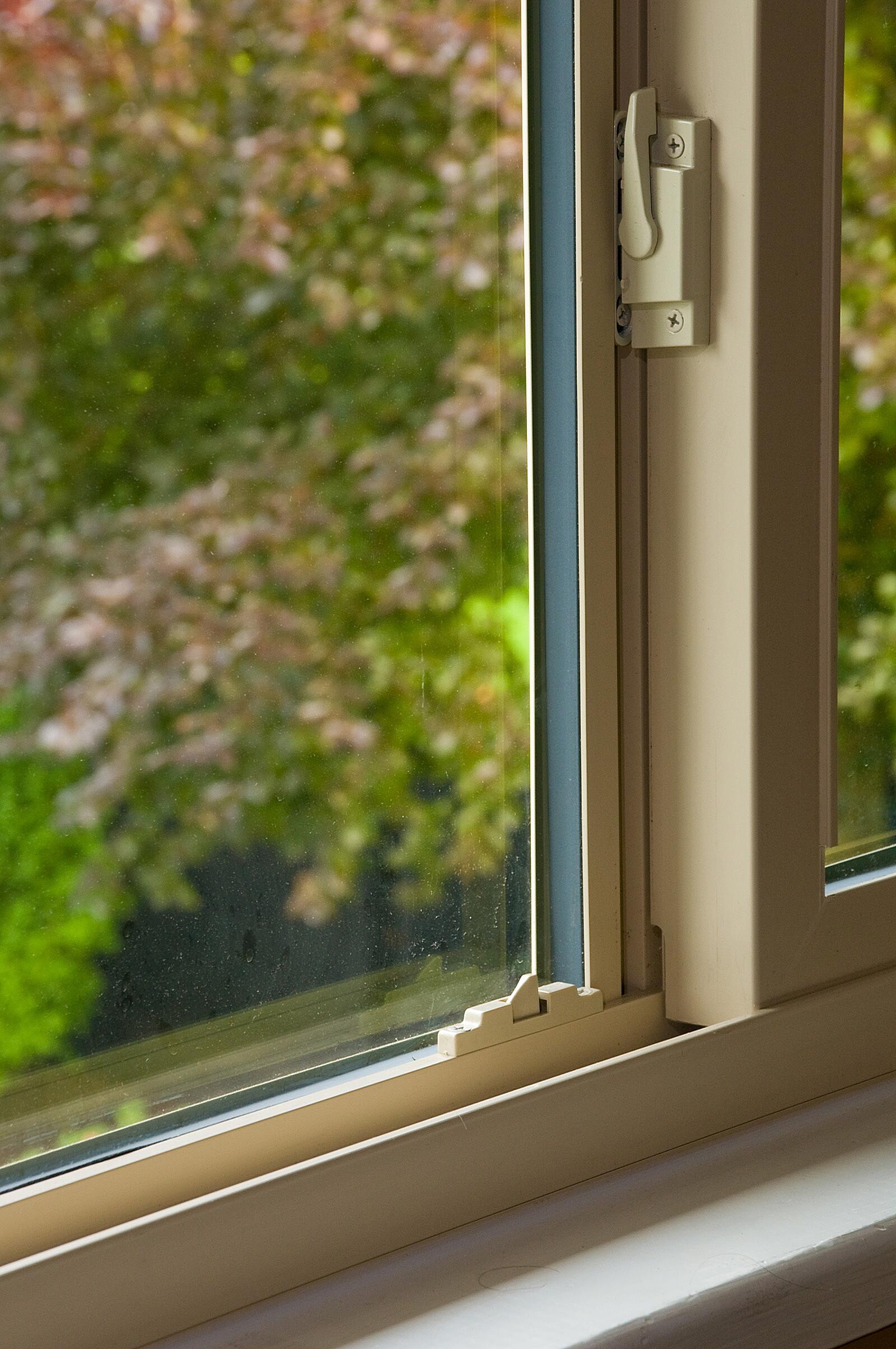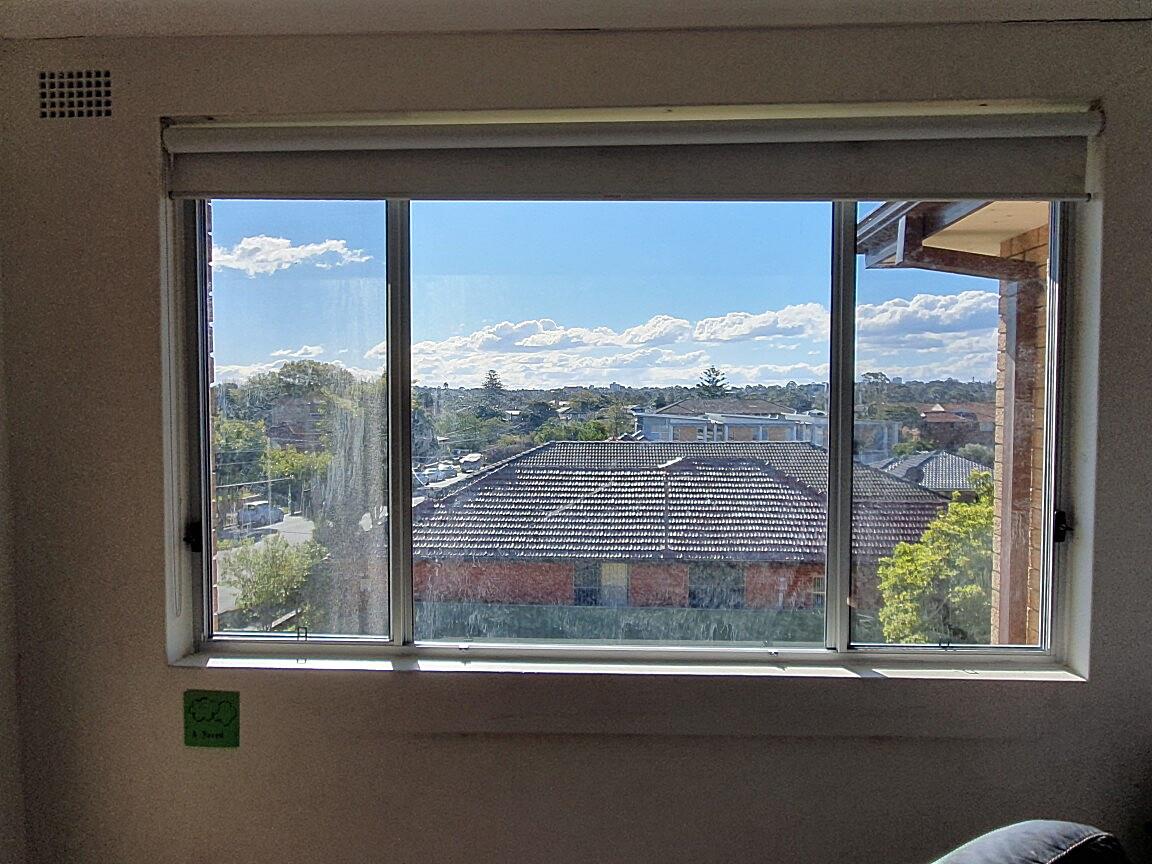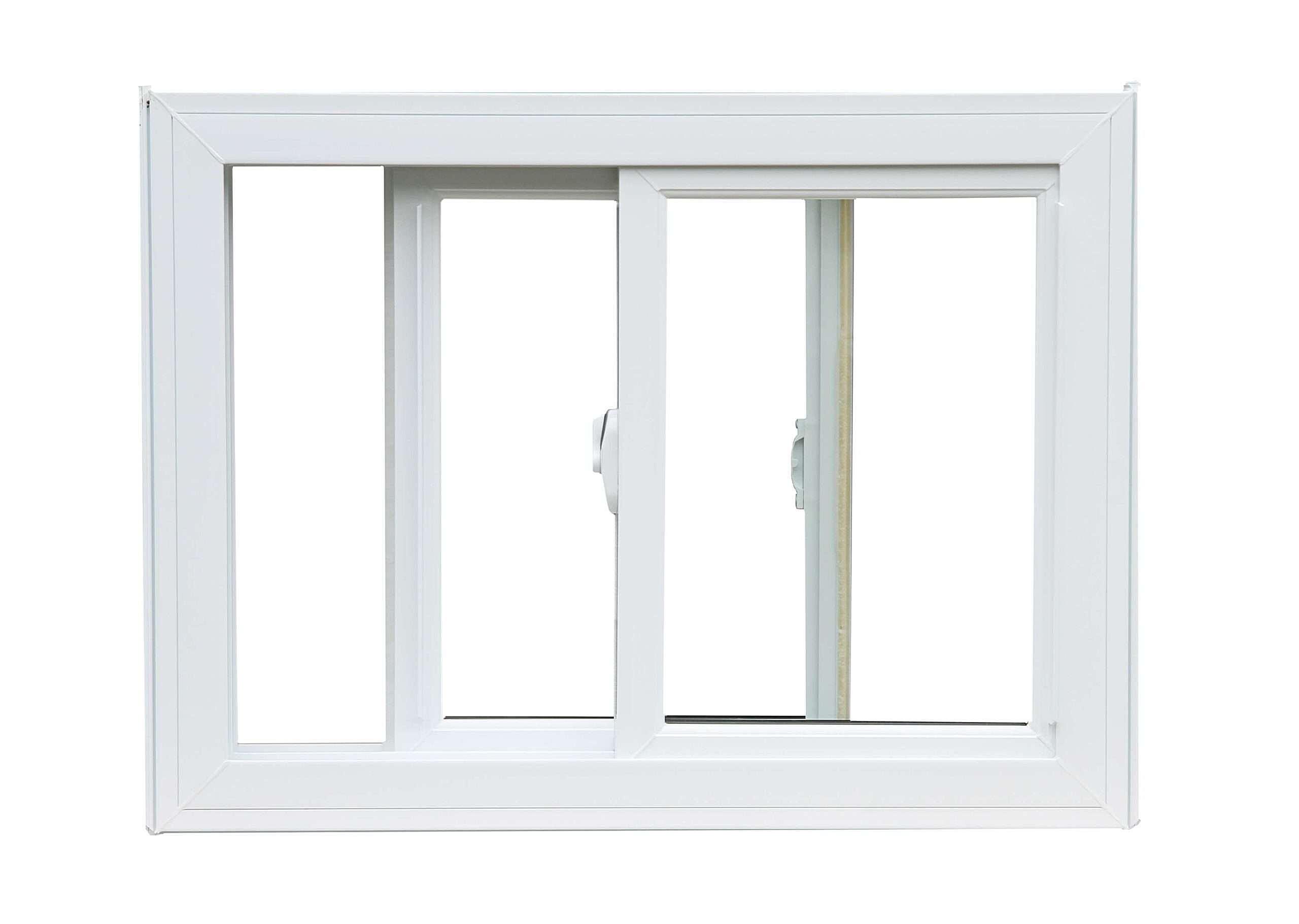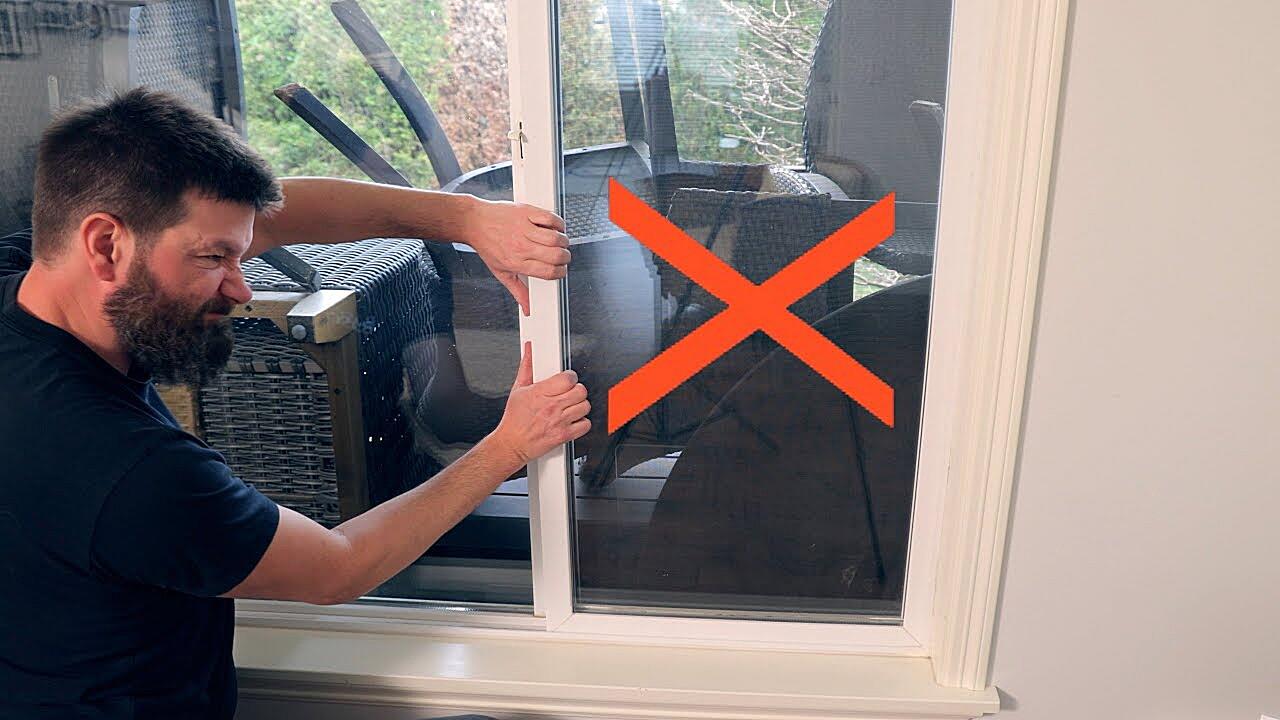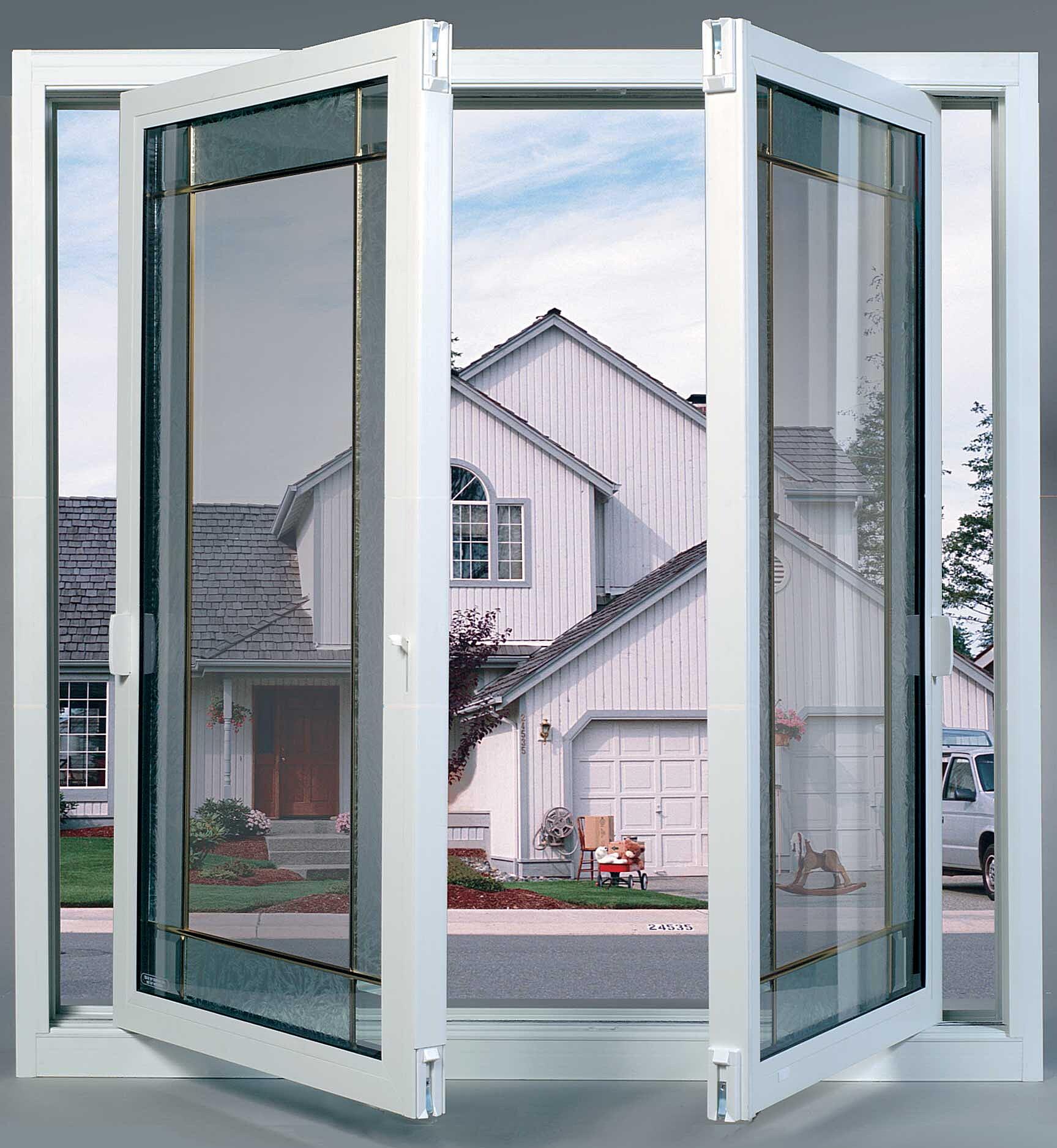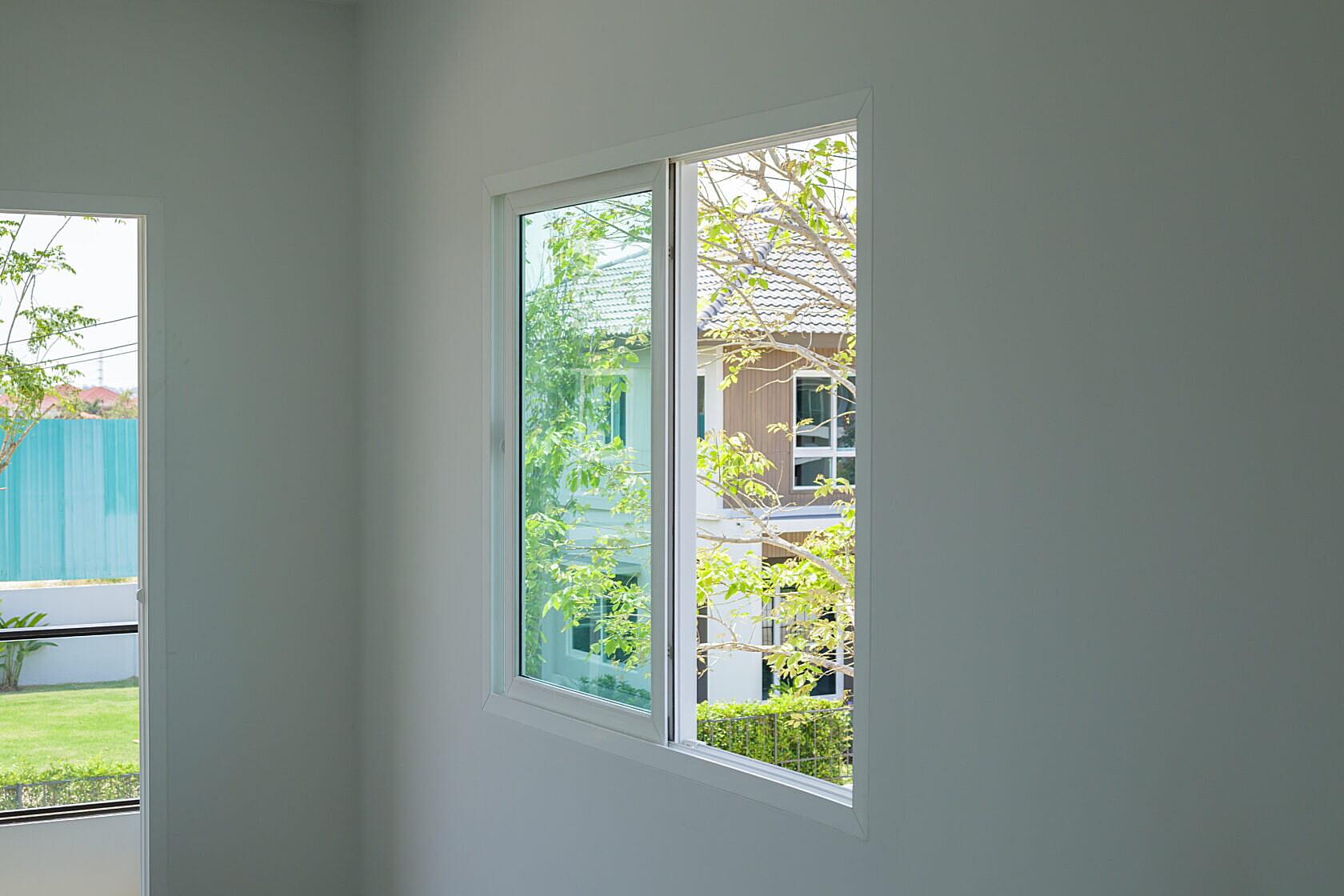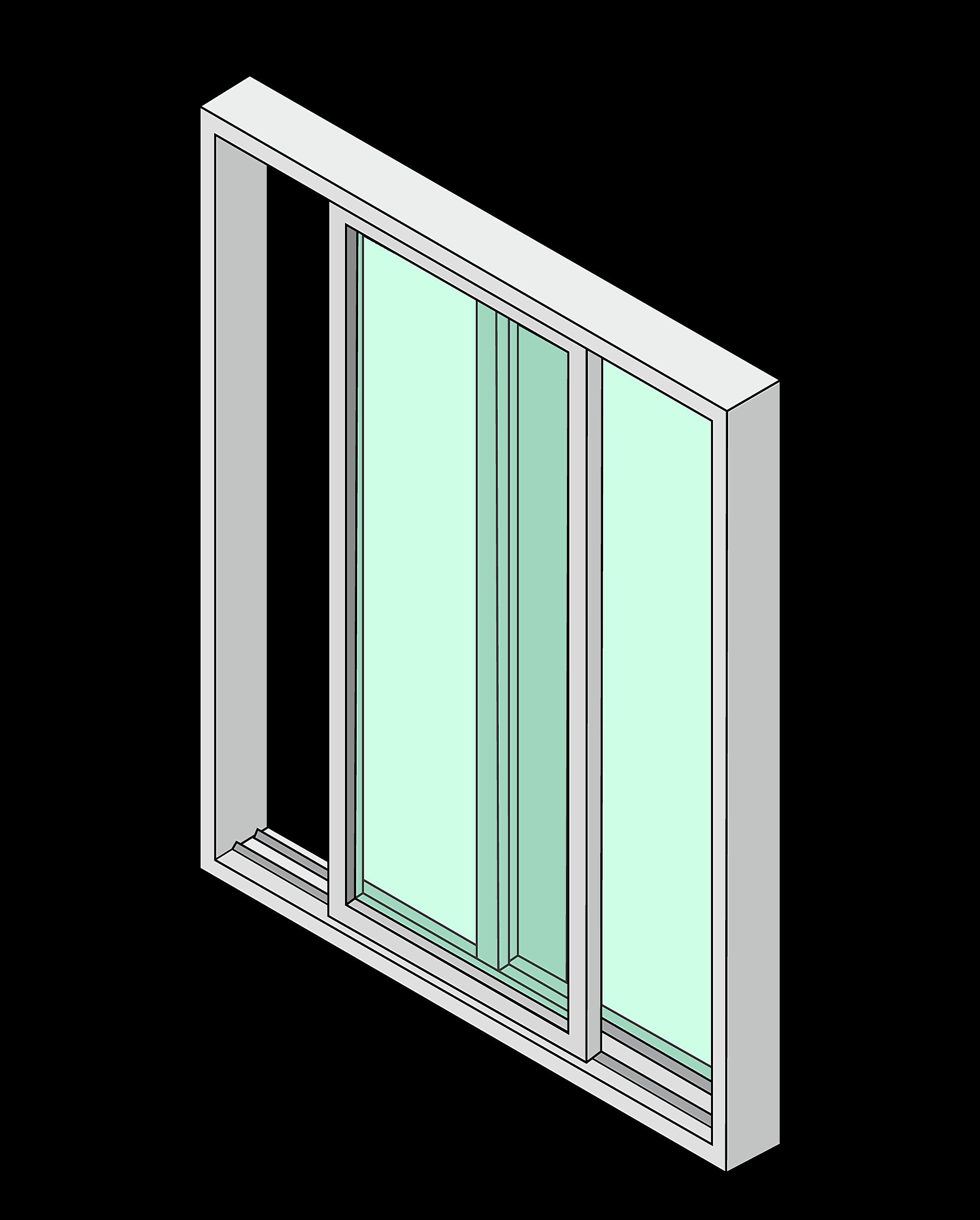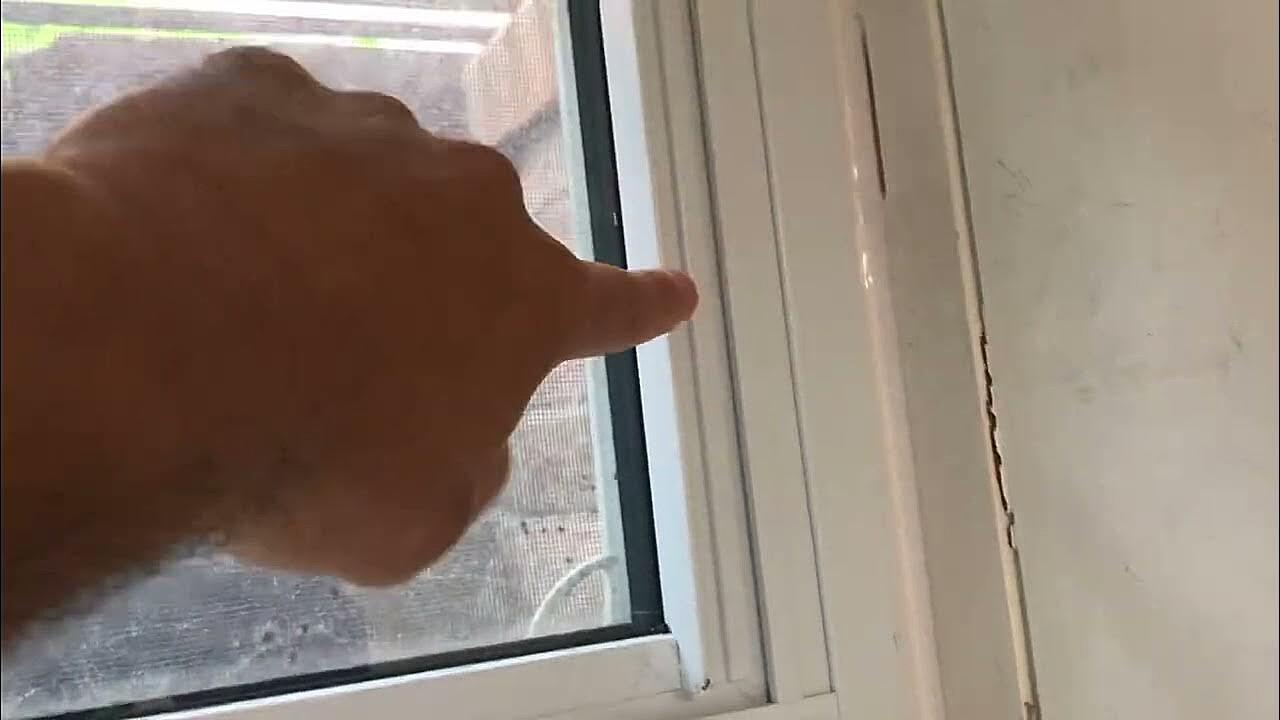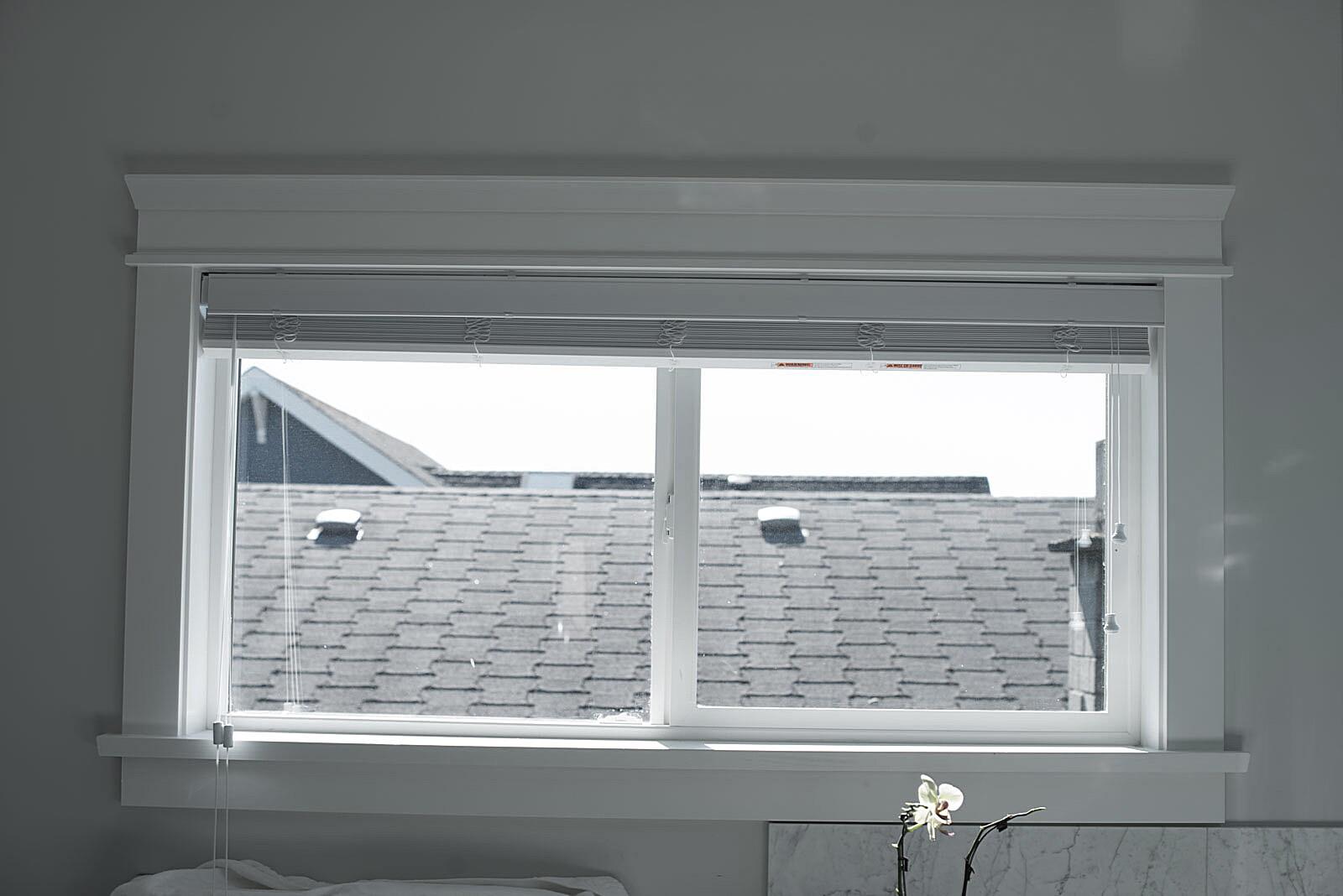You May Also Like :
Unlocking the Secrets of Sliding Windows
1. The Basic Mechanics
Let’s be honest, sometimes the simplest things are the most baffling. Like, seriously, how do sliding windows open? It’s not rocket science, but understanding the mechanics behind that smooth glide can save you a headache (and maybe a repair bill!) down the line.
At their core, sliding windows operate on a pretty straightforward principle: they move horizontally along tracks or grooves built into the window frame. Think of it like a train on its tracks, but, you know, way smaller and hopefully less prone to delays. These tracks provide a low-friction surface, allowing the window sash (that’s the part you actually move) to slide open and closed with relative ease. Most modern sliding windows use rollers or glides made of nylon or other durable materials to further reduce friction and ensure a smooth operation.
The number of sashes that actually slide can vary. Some windows have a single sliding sash, while others have two or even more, allowing for greater ventilation and flexibility. The sliding action is almost always parallel to the wall the window is installed in. You won’t find a sliding window that pops outwards! Unless something is very, very wrong.
So, next time you effortlessly slide open a window, take a moment to appreciate the ingenious (yet simple) design at play. Its a testament to how effective even the most basic engineering principles can be.
Delving Deeper
2. Rollers, Tracks, and Locks, Oh My!
Now, let’s get a little more technical (but don’t worry, I promise to keep it light). Beneath the surface of a smoothly gliding window lies a carefully orchestrated system of components working in harmony. We’ve already touched on tracks and rollers, but there’s more to the story.
The rollers, typically located at the bottom of the window sash, are crucial for that effortless movement. They’re designed to distribute the weight of the sash evenly along the track, minimizing friction and preventing the window from binding or sticking. Over time, these rollers can wear down, become dirty, or even break, leading to a less-than-smooth sliding experience. Regular cleaning and occasional lubrication can help prolong their lifespan.
The tracks themselves also play a vital role. They must be clean, straight, and free from debris to ensure proper alignment and smooth operation. Dirt, dust, and even small pebbles can accumulate in the tracks, creating friction and hindering the window’s movement. A simple vacuum cleaner attachment can usually clear out any obstructions.
And then there are the locks. These are essential for security and keeping the window closed when you want it to be. Sliding window locks can come in various forms, from simple latches to more complex multi-point locking systems. Understanding how your specific lock works is important for ensuring that your window is properly secured.
Materials Matter
3. Vinyl, Wood, and Aluminum
The material of your sliding window significantly impacts its performance, durability, and overall aesthetics. The most common materials you’ll encounter are vinyl, wood, and aluminum, each with its own set of advantages and disadvantages.
Vinyl windows are a popular choice for their affordability, low maintenance, and energy efficiency. They’re resistant to rot, insects, and fading, making them a durable option for most climates. Plus, they don’t require painting or staining, saving you time and money in the long run. However, vinyl windows may not be as aesthetically pleasing as wood windows, and they can be prone to warping in extreme temperatures.
Wood windows offer a classic and elegant look, and they can be easily customized to match your home’s architectural style. They also provide excellent insulation, helping to reduce energy costs. However, wood windows require more maintenance than vinyl windows, as they need to be painted or stained regularly to prevent rot and decay. They are also generally more expensive than vinyl options.
Aluminum windows are known for their strength and durability, making them a good choice for large windows or areas with high winds. They’re also resistant to corrosion and require minimal maintenance. However, aluminum windows are not as energy efficient as vinyl or wood windows, as they conduct heat and cold more readily. They can also be prone to condensation.
Choosing the right material for your sliding windows depends on your budget, aesthetic preferences, and the climate in your area.
Troubleshooting Sticky Situations
4. Fixing a Window That Won’t Budge
Okay, so your sliding window is being stubborn and just won’t slide smoothly. Don’t panic! Before calling a professional, there are a few things you can try yourself. Let’s troubleshoot!
First, give the tracks a good cleaning. As mentioned earlier, dirt and debris can accumulate in the tracks and hinder the window’s movement. Use a vacuum cleaner with a brush attachment to remove any loose particles, and then wipe down the tracks with a damp cloth. You can also use a mild detergent to remove stubborn grime.
Next, lubricate the rollers. A silicone-based lubricant is ideal for this purpose, as it won’t attract dust or dirt. Apply a small amount of lubricant to the rollers and then slide the window back and forth a few times to distribute it evenly. Be careful not to over-lubricate, as this can actually attract more dirt.
If the window is still sticking, check the alignment of the tracks and rollers. Sometimes, the tracks can become bent or warped, causing the window to bind. You may be able to gently straighten the tracks with pliers, but be careful not to damage them. If the rollers are damaged or worn, they may need to be replaced.
If you’ve tried all of these steps and your window is still not sliding smoothly, it may be time to call in a professional. They can diagnose the problem and make the necessary repairs.
Maintaining the Magic
5. Preventative Care for Long-Lasting Performance
Just like any other part of your home, sliding windows require regular maintenance to keep them functioning properly and looking their best. A little preventative care can go a long way in extending their lifespan and preventing costly repairs down the road. Think of it as giving your windows a spa day, but instead of cucumber slices, it’s all about keeping things clean and lubricated!
One of the most important things you can do is to clean your windows regularly. This includes not only the glass but also the frames and tracks. Use a mild soap and water solution to clean the glass, and a vacuum cleaner with a brush attachment to clean the frames and tracks. Avoid using harsh chemicals or abrasive cleaners, as these can damage the window’s finish.
Another important maintenance task is to lubricate the rollers and tracks. As mentioned earlier, a silicone-based lubricant is ideal for this purpose. Apply a small amount of lubricant to the rollers and tracks every few months to keep the window sliding smoothly. Don’t forget to inspect weather stripping and replace any damaged or worn sections. This helps maintain energy efficiency and prevent drafts.
Finally, inspect your windows regularly for any signs of damage, such as cracks, chips, or warping. Address any issues promptly to prevent them from getting worse. A small crack can quickly turn into a major problem if left unchecked.
